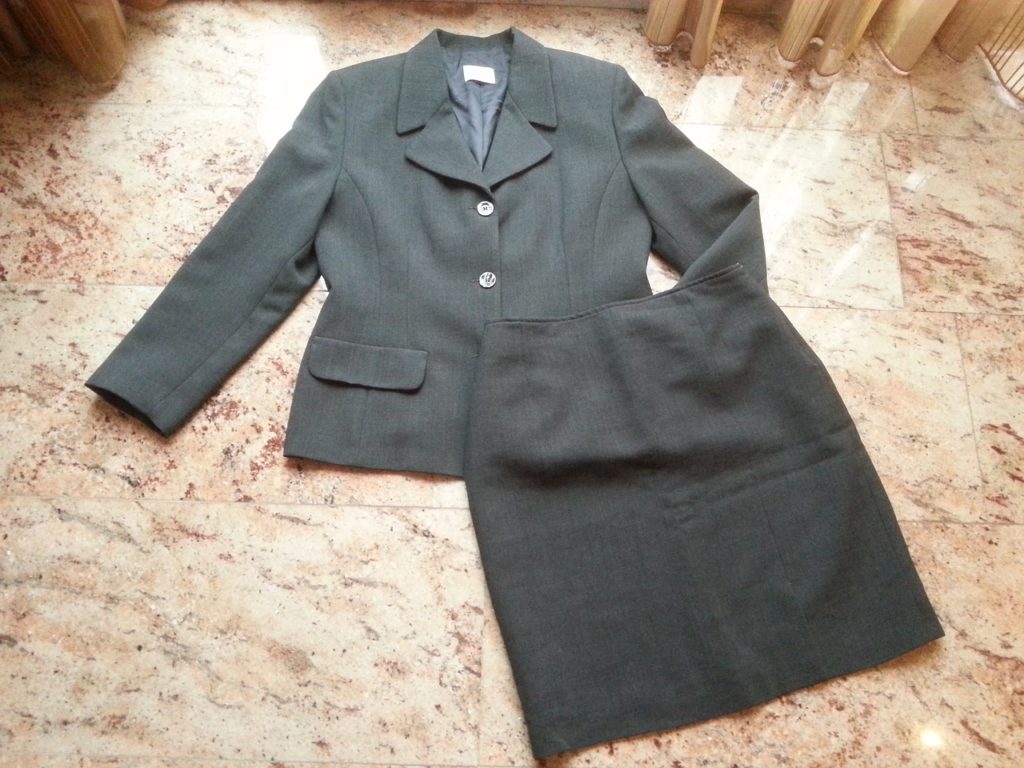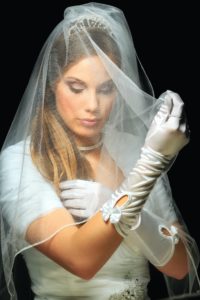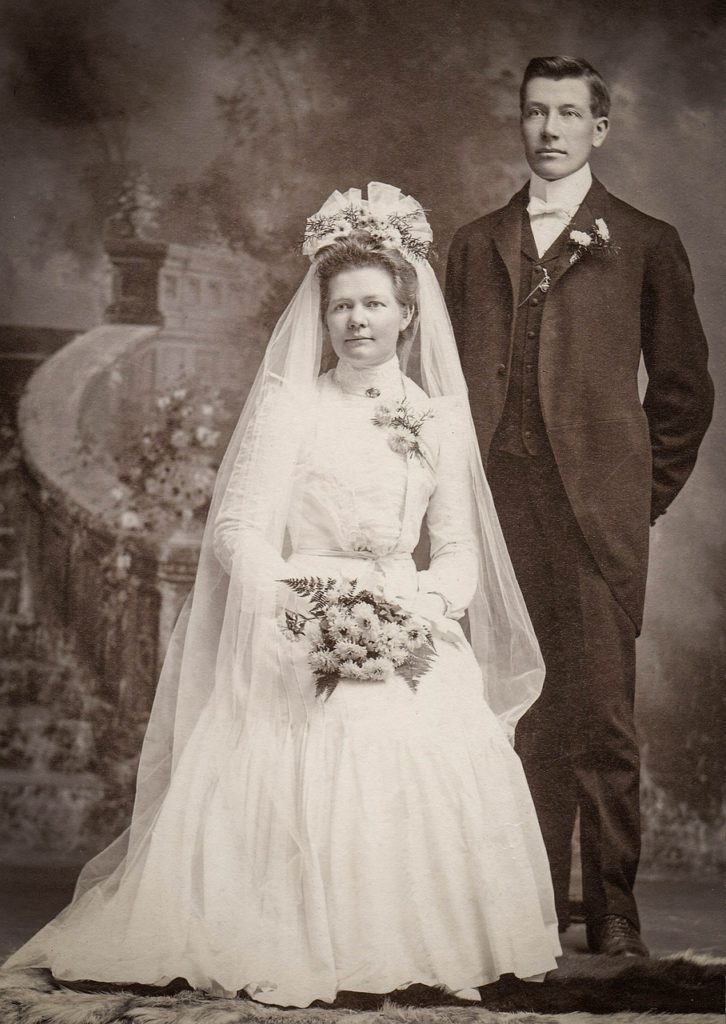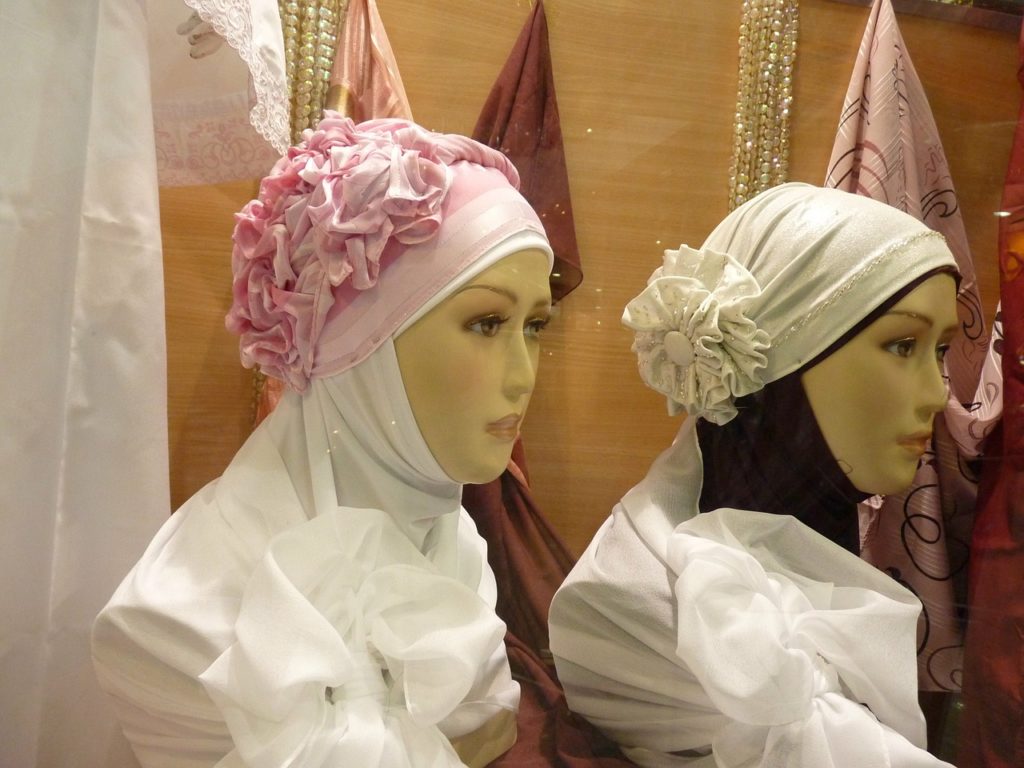After thinking about how best to discuss the role that clothing plays in women’s culture, I decided to look at two contemporary pieces of clothing that say much about the how clothing expresses some of the most basic information about how women interact with, shape and are shaped by the clothing.
Both are worn primarily to convey a cultural message to individuals beyond the personal sphere of family, home, and intimate interaction.
The Jacket
The first item of clothing is the jacket. 
Clothing is short hand, so to speak, it denotes so much information at such a basic level that it is easy to forget all the messages that clothing conveys before the wearer says the first word or makes initial eye contact.
All discussion of the fashion industry aside, this is about cultural information embedded in visual assessment at a distance of gender or method of livelihood.
For this article I am talking about suit jacket or business attire that shifted from male to female wear en masse first in the 1970s, became mandated in the 1980s, de rigueur in the 1990s, and is on its way out this decade in this millennium. The absolutely best article about this was written by Katherine Boyle and published in the Style section of the Washington Post in 2012. Women proclaimed their status as white collar workers by wearing suit jackets. Most often this first wave equal rights claiming managerial women for the most nondescript gray or blue jacket that proclaimed, “I am no different the average person (male) who works here.” Or from the perspective of men supporting the trend, “You must blend in completely and not disturb the status quo, if you wish to be accepted here.”
The Hijab
The second item is the hijab. In Arabic the word hijab simply means covering and comes from ḥajaba ‘to veil.’ 
Veil, as in the veil worn by brides in western culture.

Cover as in head covering, a practice observed through the wearing of hats by Christian European and American women in public until the early 20th Century, and in churches until the mid-late 20th Century.
To participants in a culture, analysis of a custom can smack of dishonor, but no such motivation is intended within this analysis.
There is the blending in as just one of a group, where individuality is down-played, in wearing stock, non-descript, unadorned scarves covering hair, neck, and upper bodice. Both jackets and hijab serve to downplay individuality , disguise femininity, and do not have to be worn indoors with family.
The similarity of some of these functions should enlighten a few westerners who think that there is something archaic about another culture’s practice when evidence of a practice drawn from similar motivations can be found in western culture as well.
Of course differences can be found in such practices. But so can similarities be found, if we bother to look.
Interpretation of women’s wear might not be as cut and dried as one would think at first appearance.
Perhaps any person who writes or discusses a material aspect of culture would do well to step back and think of it as an aspect of material culture, then give consideration to what we are overlooking by viewing it as a bland normative structure rather than as a communication-rich container of information.
—–
The letter “J” in the A to Z Blogging Challenge.
This really got me thinking Nancy. I am enjoying your posts very much on this topic.
Thanks Doreen!
Interesting and thought-provoking. I don’t often think about the cultural implications and history of the clothes I wear.
Clothing makes the man, as they say, and it says a lot about the woman too!
I completely agree with you on this and it came up for me in another way recently.
Aw, Carol, no hints as to what it was that came up for you?
Very interesting. I’ve never thought about it this way, BUT, even though the Western female suit was adapted for women to blend into the male dominated white collar class, the Hijab is made to make a woman disappear. One is inclusive. The other dismissive. I’d love to dig deeper into this. Awesome post Nancy. Thought provoking.
We could definitely have a lively discussion about fashion, Cheryl!
You are like me…always looking at the history and meaning of an item or custom. For instance, at my daughter’s wedding, I have insisted on some feminist influence. I get pissed off just thinking that my husband would be the only one to walk my daughter down the aisle. She isn’t his property to give. Both of us will do it, with love and showing our support.
I know! I am facing this with my own daughter in the near future and she is such a traditionalist and loves to push my feminist buttons. But she is a feminist whether she wants to admit it or not. I raised her well.
I love these pieces of history. As a young professional I wore a suit almost everyday. Hard to believe now. I am waiting for “p” so you can tell the roots of my current uniform — pajama pants! Loving every entry Nancy!
If your current uniform has its roots in “Paper, Scissors, Stone” then maybe your pajama could make a cameo. 🙂
Thanks for this insight. I am always fascinated by finding out the reason behinds many articles of clothing too.
I’m glad you liked it. Wish it could have been more hatty for you!